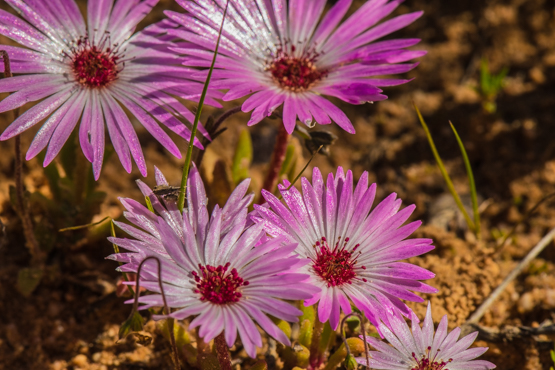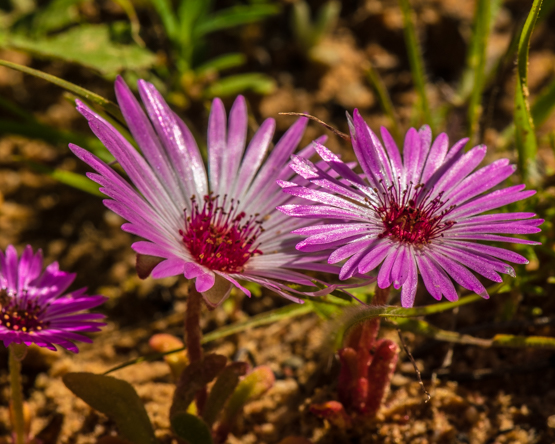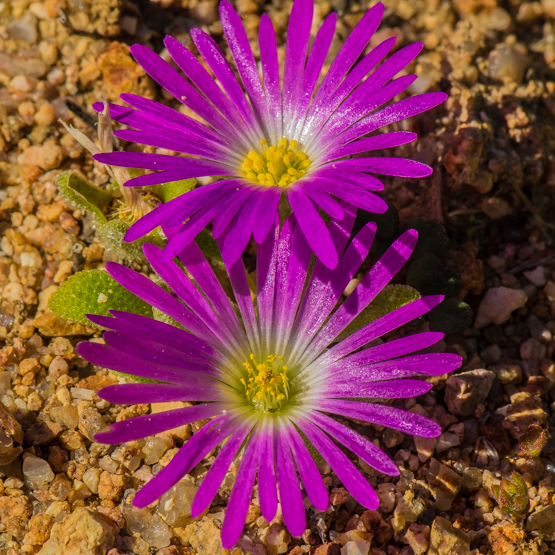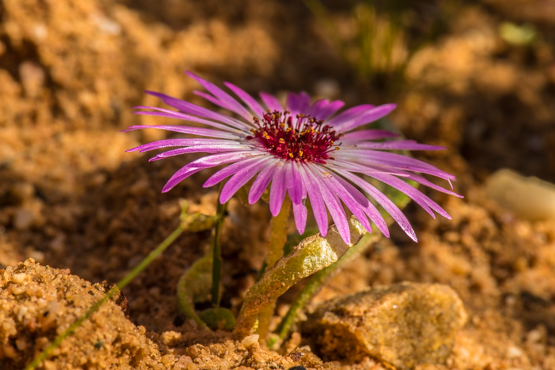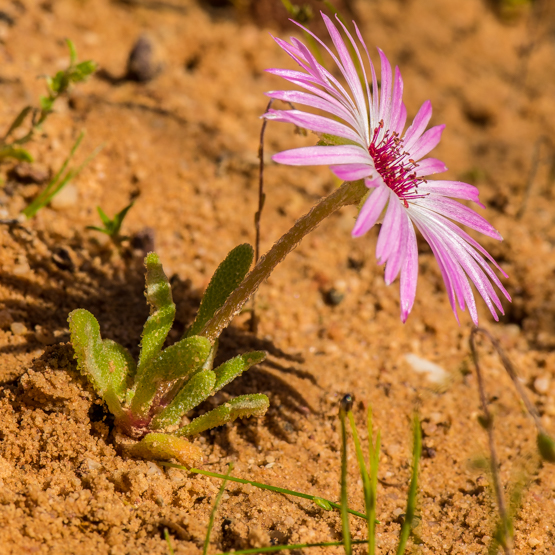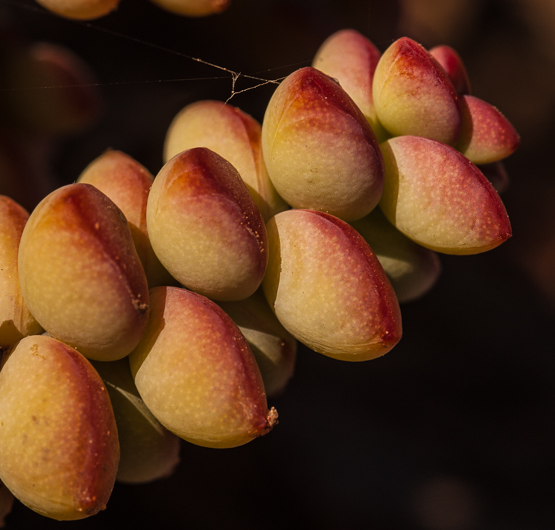

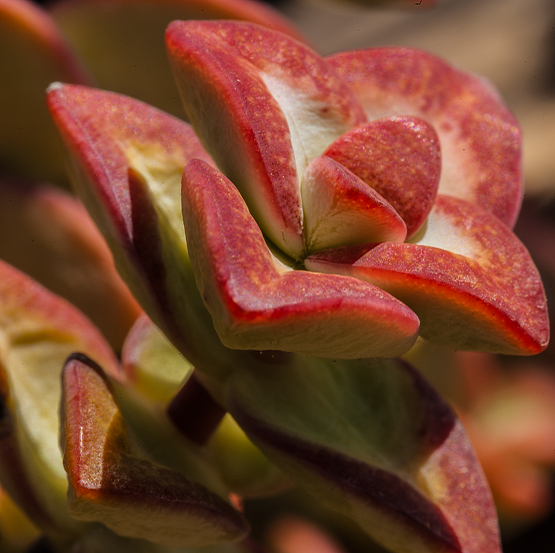

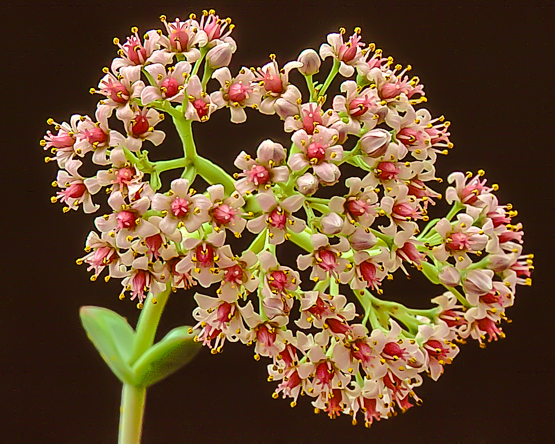





Rupestris means growing on rocks, a very apt name for a species which is often common on dry stony slopes.
The plants occur widespread from near Vanrhynsdorp to the Cape Peninsula and the Eastern Cape. They form shrublets to 60 cm tall, usually with many, somewhat brittle stems.
The branches are erect or spreading, sometimes creeping, with egg- to lance- shaped leaves often with a waxy bloom. There is a great variability in the colour, size and shape of the leaves and also in the degree to which they are fused at the base.
The flowers appear over quite a long period: June-October.
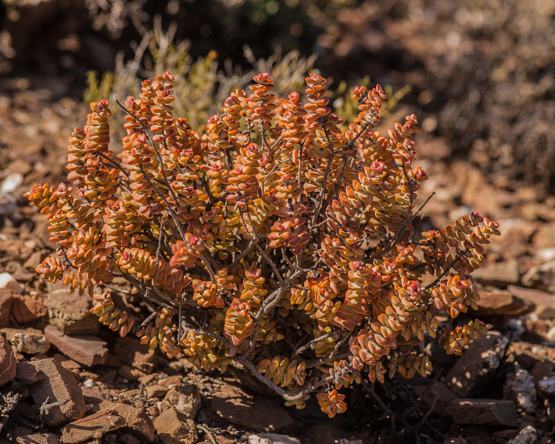
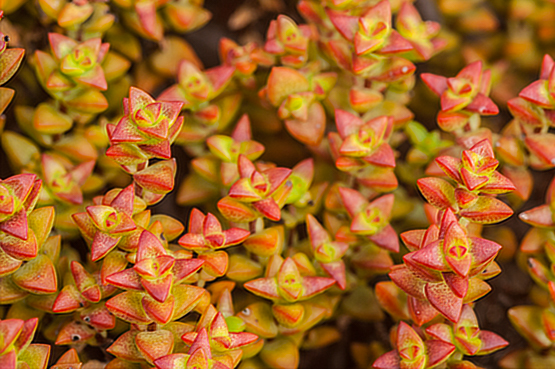
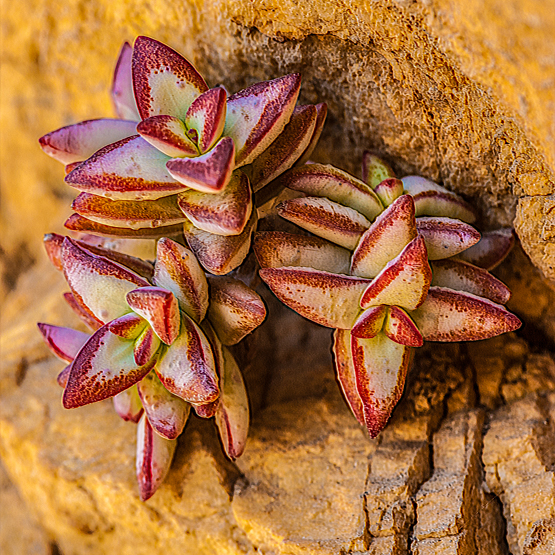
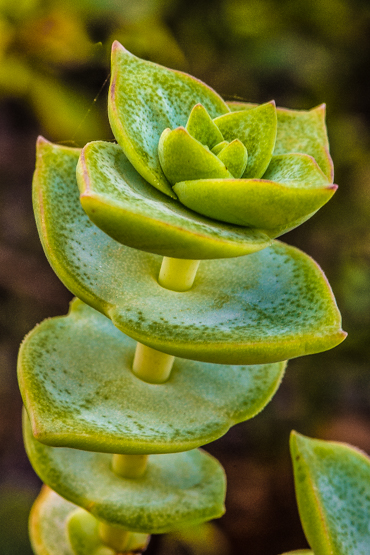
With its thick, often nearly golden yellow stems, heavy armature and beautiful flowers, this species stands out even within a group of plants as special as the Sarcocaulons.
The plants occur in the coastal desert from Luederitz in southern Namibia to the Holgat River in South Africa and also in the area between Bethanie and Klein Karas in Namibia. In some regions of stabilised coarse sand they are very common with sometimes few or no other plants around. In some areas they are also found in rock crevices.
Their habit is creeping to more or less upright, up to 50 cm tall. Although they are potentially very spiny plants, the spines are often continually abrased by wind-blown sand.
When flowering (mainly May-September) the plants are even more attractive than usual, with their pink, magenta or purple flowers of about 3 cm in diameter.
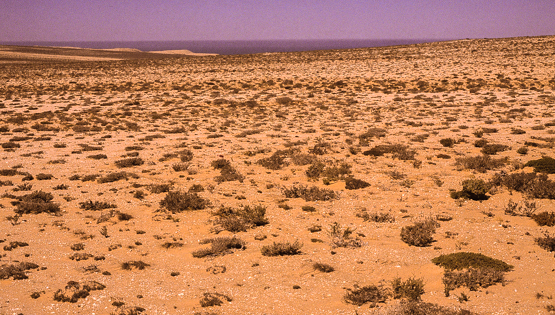
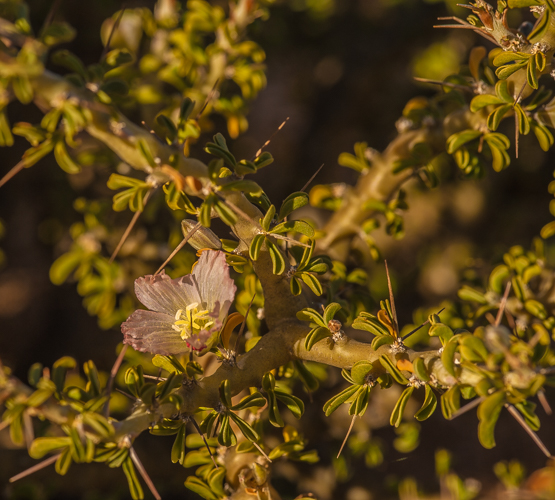
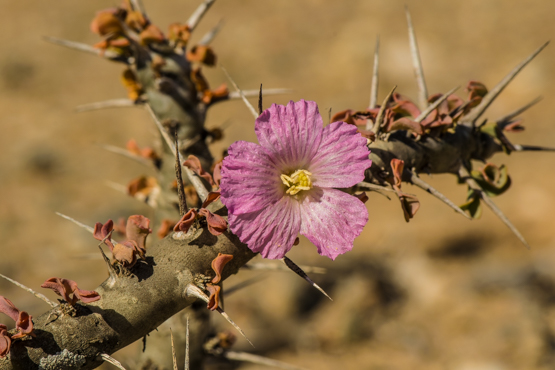
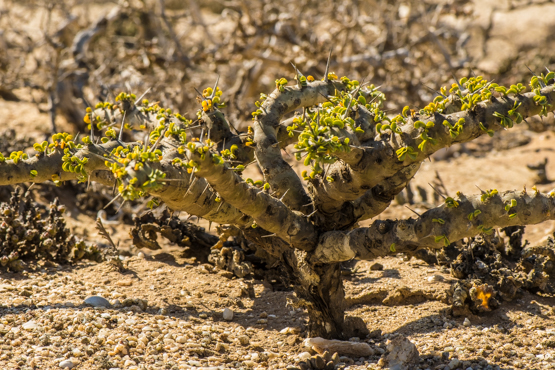
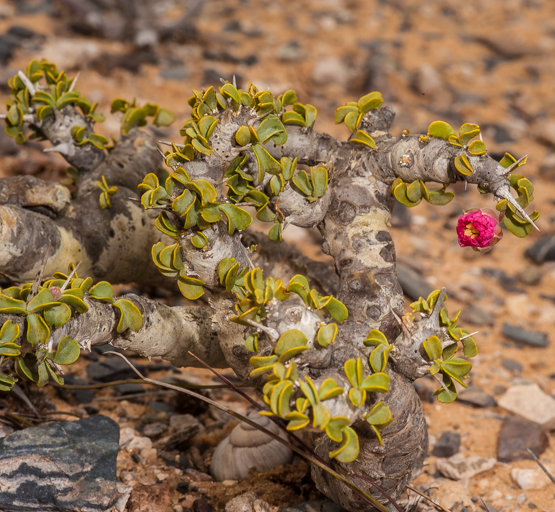
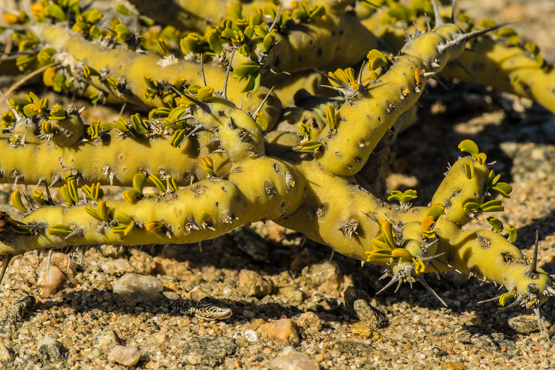
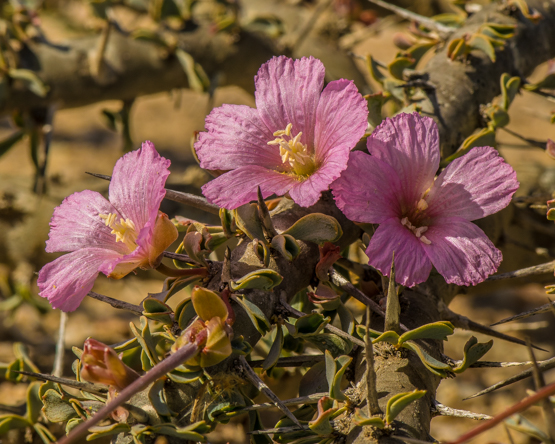
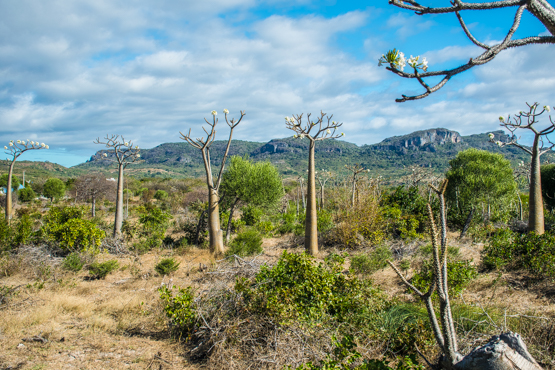
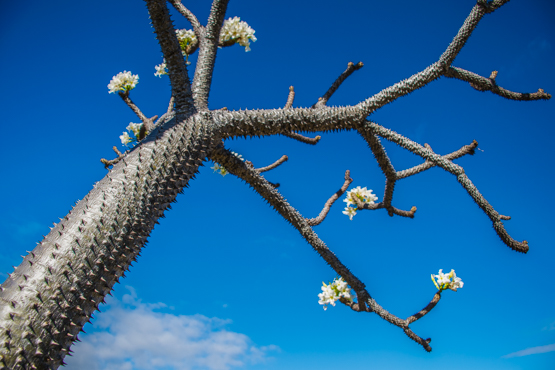
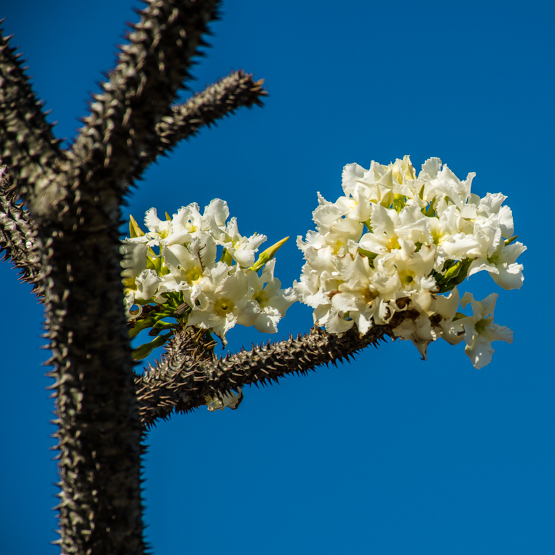
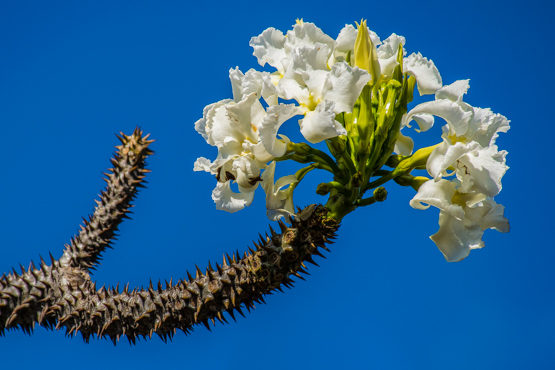
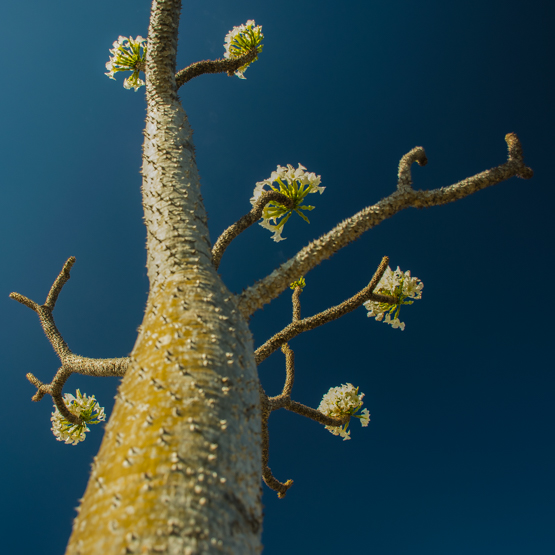
As a young plant, this species looks rather uninteresting, but that changes dramatically over time. Unfortunately not many readers will have the time and the space needed to grow a specimen to perfection, but in north and west Madagascar, where it is endemic, it is often grown as an ornamental tree (see first picture). It is also a characteristic component of deciduous forests and palm savannas.
These pachycaul trees may become 3-6 m tall, with a swollen stem-base 50-70 cm in diameter and deciduous leaves 16 cm long and 4.5 cm wide.
The inflorescences appear at the branch tips and bear numerous white flowers with
lobes 2-4 cm long and about 2 cm wide.
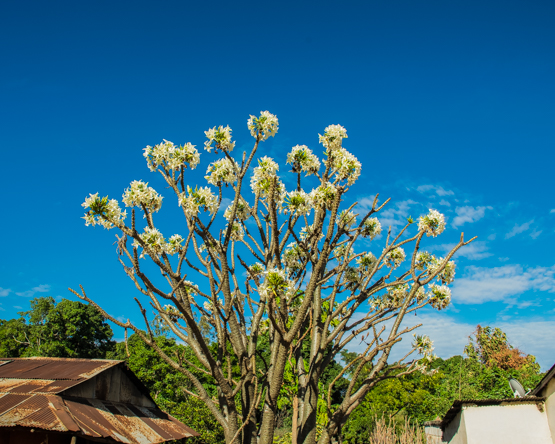
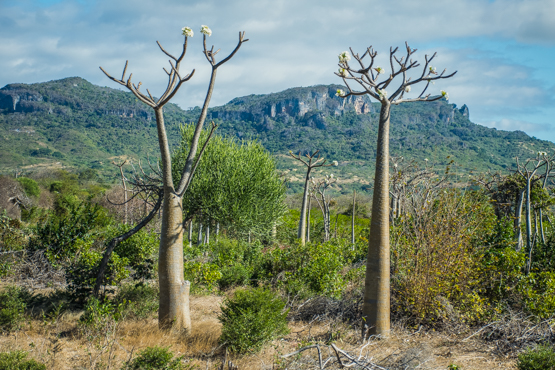
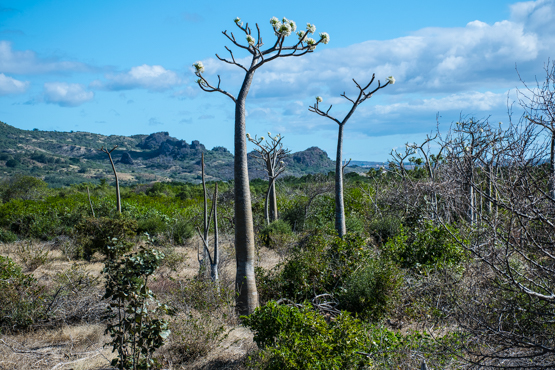
Both the scientific and the vernacular name (Orange River Aloe) refer to its occurrence along the Orange River (from Grootderm in the west to Keimoes in the east). It is also plentiful in the Warmbad area of Namibia. The plants are usually found in steep rocky places and are rather variable, depending on the locality.
Usually solitary, the plants are stemless or short-stemmed (up to 1 m tall).
The leaves are 30-40 cm long and 5-8 cm wide near the base, incurved, dull yellowish-green to reddish-brown with numerous longitudinal lines. In young plants they are
copiously spotted on both surfaces, later on they only have some spots on the upper surface. The margins have small, sharp teeth, but otherwise the leaves are unarmed.
The unbranched inflorescences are up to 1.2 m tall and bear flowers from July to September. These are usually yellow to greenish yellow, but in the eastern part of the distribution area sometimes reddish.
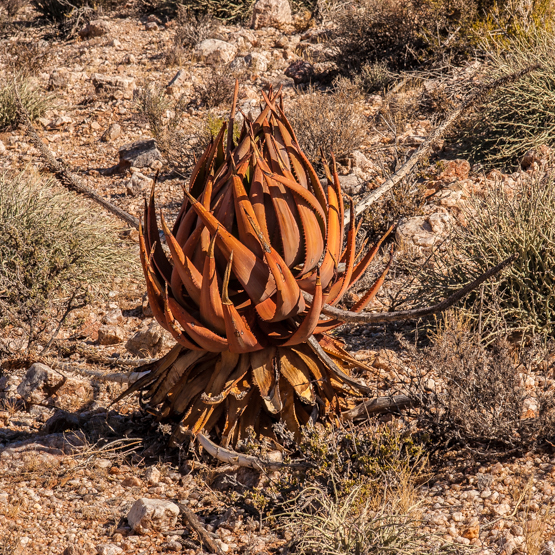
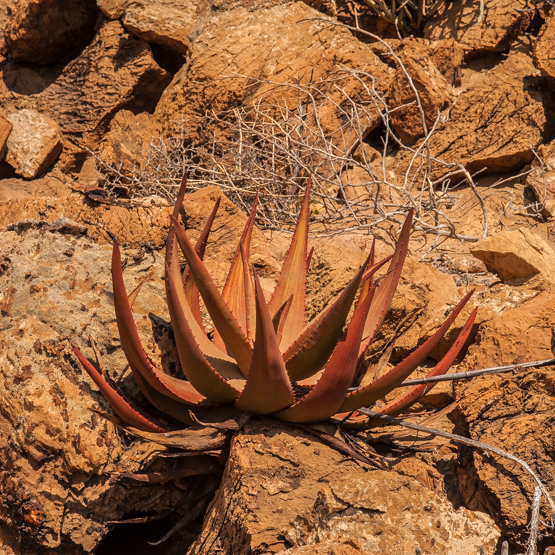
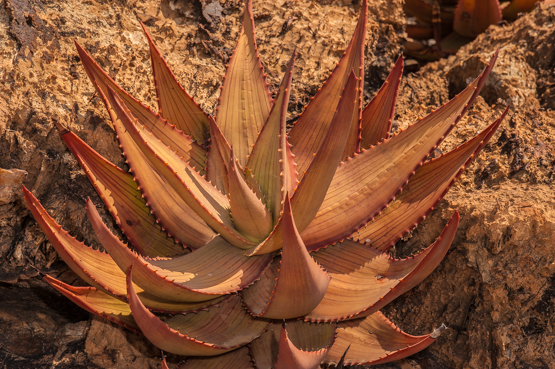
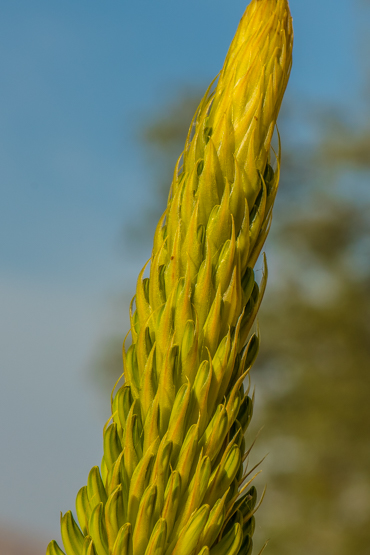
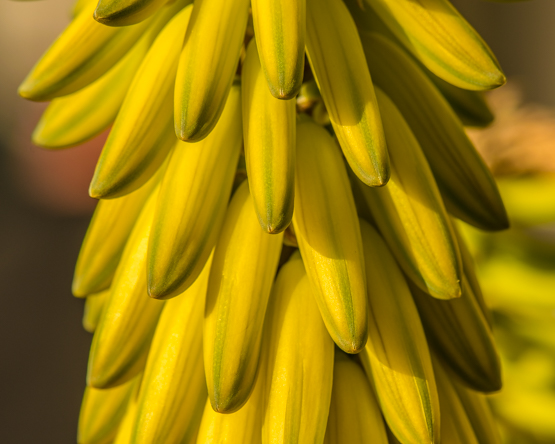
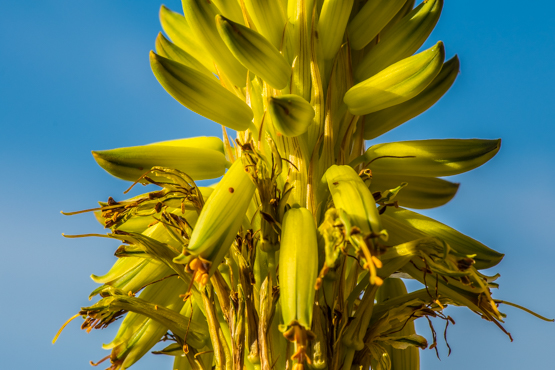
In many parts of the world this extremely variable annual is a popular garden plant.
The plants are low-growing, usually less than 10 cm tall, with narrow, spatula-shaped leaves.
In nature the beautiful flowers appear in August-September, usually in shades of white, pink, reddish-purple or red, but sometimes also in yellow or orange. They are 2-4 cm in diameter.
This species is widespread in disturbed sandy soils in the winter rainfall area of South Africa from Namaqualand to Riversdale.
